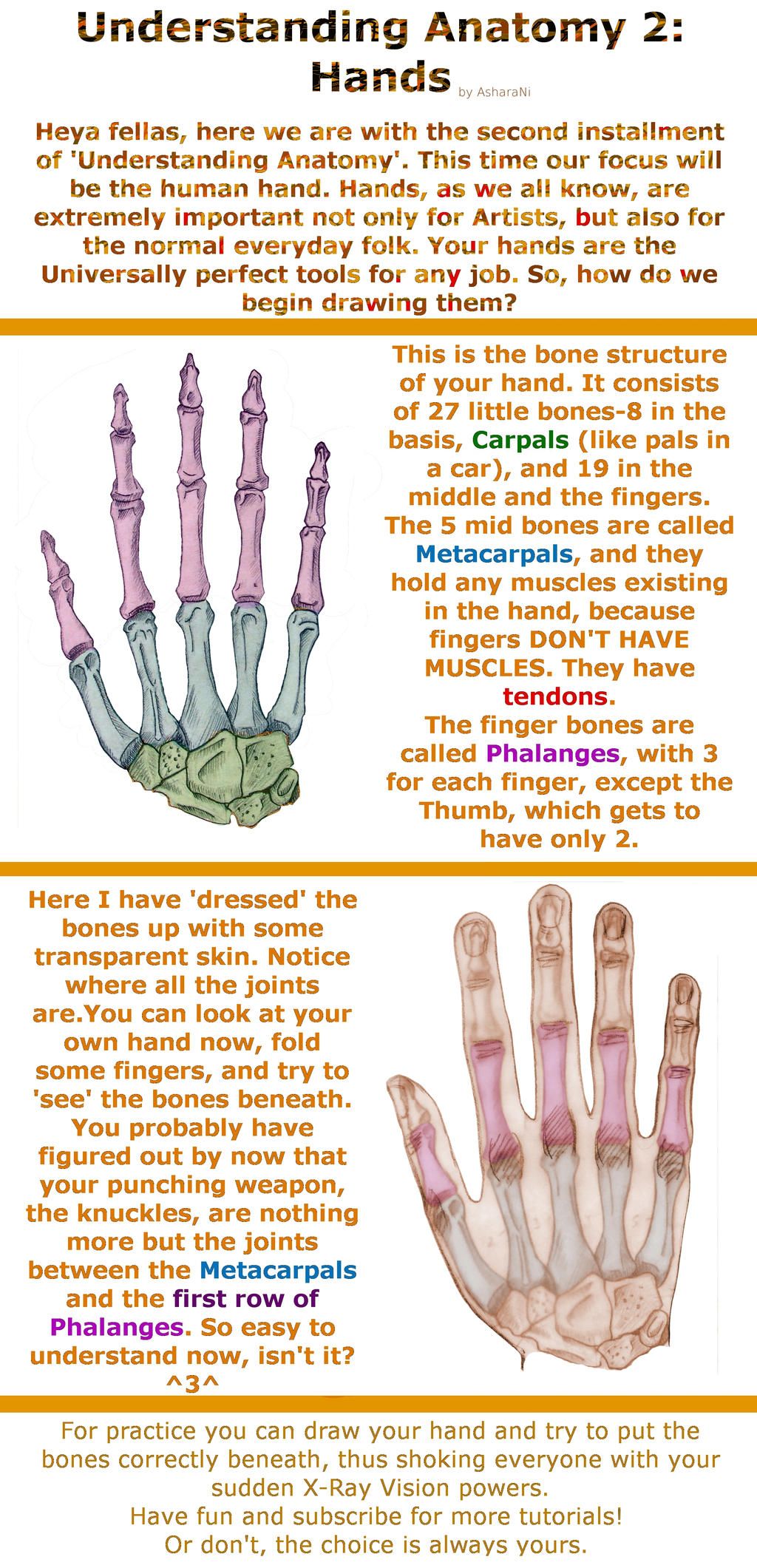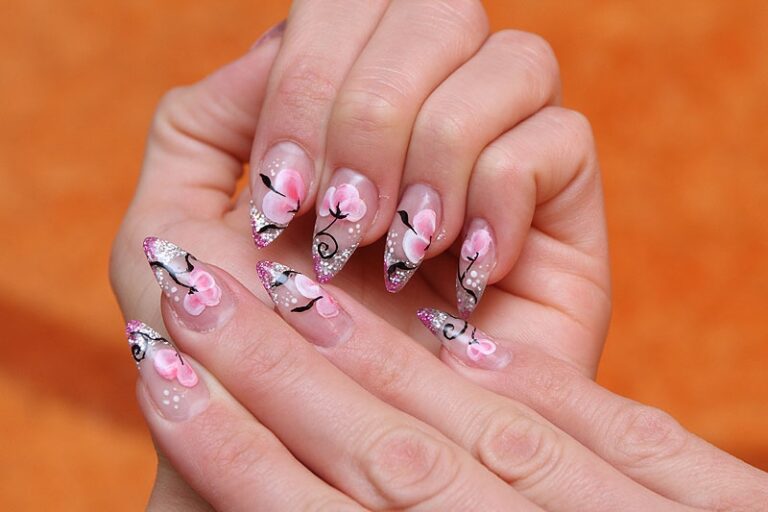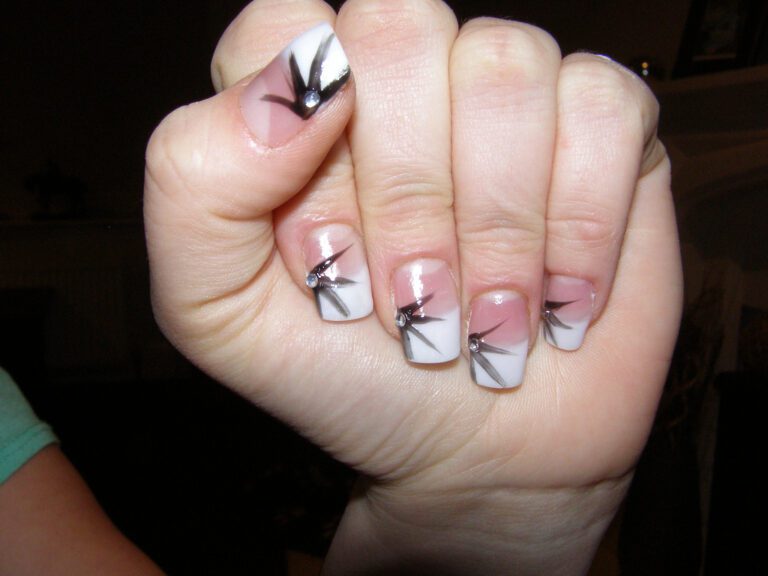“Beneath the Surface: Where Nails Begin Under the Skin Unveiled”
In this article, we will delve into the fascinating world of nail growth and explore the intricate processes that take place beneath the surface of the skin. From the anatomy of nail growth to common nail disorders and nail care practices, we will uncover the secrets of healthy, beautiful nails.
Key Takeaways
- Understanding the Nail Matrix is essential for comprehending the foundation of nail growth.
- The Role of Blood Supply in Nail Growth highlights the importance of circulation in maintaining healthy nails.
- Nutritional Influences on Nail Health emphasize the significance of a balanced diet for strong and resilient nails.
- Environmental Impact on Nail Growth underscores the effects of external factors on nail health and appearance.
- Proper Nail Hygiene is crucial for preventing nail disorders and maintaining overall nail health.
The Anatomy of Nail Growth

Understanding the Nail Matrix
The nail matrix is the root of nail growth, a hidden but essential component nestled beneath the skin at the base of the nail. It is here that new nail cells are generated, which then harden and form the visible nail plate that we are familiar with.
Key functions of the nail matrix include the production of cells that become the nail plate and determining the shape and thickness of the nails. Any damage to the nail matrix can result in permanent changes to the nail’s structure.
- The nail matrix is sensitive to the body’s overall health and well-being.
- Certain conditions and medications can affect its function.
- Proper care and protection of the nail matrix are crucial for healthy nail growth.
Tip: To maintain the health of the nail matrix, it is important to avoid injuries to the nail bed and to keep the cuticles intact, as they serve as a protective barrier.
The Role of Blood Supply in Nail Growth
The role of blood supply in nail growth is crucial for the nourishment and support of the nail matrix. The nail matrix, located at the base of the nail, is responsible for the production of new nail cells. These cells are rich in keratin, a protein that gives nails their strength and resilience. The blood supply to the nail bed provides essential nutrients for the growth and maintenance of healthy nails. This vascularized nail bed ensures that the nail plate receives the necessary nourishment for optimal growth and strength. The cells at the front of the nail matrix multiply and move forward, synthesizing keratin, which is a key process in nail growth. Maintaining a healthy blood supply to the nail bed is vital for promoting strong and healthy nails.
Factors Affecting Nail Growth

Nutritional Influences on Nail Health
The health of our nails is deeply intertwined with our nutritional intake. A balanced diet rich in vitamins and minerals is essential for maintaining strong and resilient nails. For instance, biotin, a B-complex vitamin, is renowned for its role in nail strength and growth. A deficiency in biotin can lead to brittle nails that are prone to splitting.
Essential nutrients such as iron, zinc, and calcium also play a pivotal role in nail health. Iron is crucial for preventing spoon-shaped nails, a condition known as koilonychia, while zinc contributes to immune function and cell division, which are vital for nail regeneration. Calcium, commonly associated with bone health, is equally important for nails, as it helps prevent them from becoming dry and brittle.
Incorporating a variety of nutrient-dense foods into your diet can help ensure that your nails receive the nourishment they need. Here’s a quick list of nail-friendly foods:
- Lean meats and fish for protein and iron
- Green leafy vegetables for calcium and vitamins
- Nuts and seeds for healthy fats and zinc
- Whole grains for B vitamins and iron
Tip: Consistently hydrating and maintaining a diet rich in fruits and vegetables can significantly improve nail health. Remember, what you put into your body is reflected in the quality of your nails.
Environmental Impact on Nail Growth
The environment plays a significant role in the health and growth rate of our nails. Factors such as climate, exposure to chemicals, and even the daily use of our hands can influence nail strength and growth. For instance, nails often grow faster in a warm climate due to increased circulation and metabolism in the nail bed.
- Exposure to harsh chemicals, like cleaning agents or nail polish removers, can weaken nails and slow growth.
- Frequent handwashing or use of hand sanitizers, especially those with high alcohol content, can strip nails of their natural oils, leading to brittleness.
Hydration is key for maintaining nail flexibility and preventing breakage. It’s not just about drinking water; it’s also about protecting nails from excessive water exposure that can lead to softening and weakening of the nail structure.
Tip: To mitigate environmental impacts, wear gloves when using cleaning products, limit prolonged water exposure, and apply a nourishing nail cream regularly.
Common Nail Disorders

Understanding Onychomycosis
Onychomycosis, commonly known as fungal nail infection, is a condition that can significantly affect the appearance and structure of the nails. It is caused by various fungal organisms, with dermatophytes being the most common culprits. The infection begins beneath the surface of the nail at the nail bed and can lead to symptoms such as thickening, discoloration, and brittleness of the nail.
Effective treatment of onychomycosis requires a multifaceted approach. Over-the-counter antifungal treatments can offer some relief, but persistent cases may necessitate prescription medications. Oral antifungal drugs are often used, but they can have side effects and require monitoring by a healthcare provider.
Prevention is key in managing onychomycosis. Simple practices such as keeping the feet dry and clean, avoiding walking barefoot in public areas, and not sharing personal nail care tools can help reduce the risk of infection.
Tip: Regular inspection of your nails for any changes or signs of infection can lead to early detection and more effective management of onychomycosis.
Dealing with Paronychia
Paronychia is a common nail disorder that involves the inflammation of the skin around the nail, often leading to pain and swelling. It can be caused by bacterial or fungal infections and is categorized as either acute or chronic. Acute paronychia develops rapidly and is typically associated with a painful, pus-filled abscess. Chronic paronychia is a more prolonged condition that may result from repeated exposure to moisture and irritants.
Treatment for paronychia varies depending on the severity and the underlying cause. Here are some general steps to manage the condition:
- Soaking the affected nail in warm water several times a day can help reduce swelling and alleviate pain.
- Avoiding irritants and keeping the hands dry can prevent further aggravation of the condition.
- In cases of bacterial infection, a course of antibiotics may be necessary.
- For abscesses, surgical drainage might be required to relieve pressure and remove the infection.
Tip: Early treatment of paronychia is crucial to prevent complications such as nail deformities or the spread of infection. If you suspect a paronychia, consult a healthcare professional promptly.
Nail Care Practices

The Importance of Proper Nail Hygiene
Maintaining proper nail hygiene is essential for both aesthetic appeal and overall health. Clean, well-kept nails are less likely to harbor bacteria and fungi, which can lead to infections. Regular cleaning and trimming are the cornerstones of good nail hygiene. Here are some basic steps to ensure your nails remain healthy:
- Wash your hands and feet regularly with soap and water, making sure to clean under the nails.
- Keep nails trimmed and filed, avoiding overly aggressive cutting which can expose sensitive skin.
- Use tools like nail clippers and files that are clean and in good condition.
- Moisturize your cuticles and skin to prevent cracking and peeling.
Remember, it’s not just about cleanliness; it’s also about regular maintenance. A consistent routine can prevent many common nail problems before they start.
Tip: Be particularly diligent about drying your feet thoroughly after washing, especially between the toes, to prevent fungal infections.
Nail Care Tips for Healthy Nails
Proper nail care is essential for maintaining healthy and beautiful nails. Start by keeping your nails clean and dry to prevent bacteria and fungus from causing infections. Regular moisturizing of the nails and cuticles is crucial for preventing dryness and brittleness. Additionally, avoid using harsh chemicals and always use protective gloves when working with cleaning products or harsh substances. Lastly, a balanced diet rich in vitamins and minerals is vital for promoting strong and healthy nails.
Remember to trim your nails regularly and file them in one direction to prevent splitting and breakage. When applying nail polish, use a base coat to protect the nails and a top coat to seal in the color and prevent chipping. It’s also important to give your nails a break from nail polish occasionally to allow them to breathe and recover.
Nail Care Tips for Healthy Nails
- Keep nails clean and dry to prevent infections
- Moisturize nails and cuticles regularly
- Protect nails from harsh chemicals and substances
- Maintain a balanced diet for healthy nails
- Trim and file nails properly to prevent breakage
- Use base and top coats when applying nail polish
- Give nails a break from nail polish occasionally
Remember, healthy nails start with proper care and maintenance. By following these tips, you can promote the health and strength of your nails, ensuring they look and feel their best.
When it comes to nail care practices, it’s important to establish a routine that keeps your nails healthy and beautiful. At NAILinspire.com, we understand the importance of proper nail care and offer a wide range of resources to help you achieve the perfect manicure. From nail art designs to expert tips, our website is the ultimate online nail art design library. Visit us today and discover the inspiration you need to elevate your nail care routine.
Frequently Asked Questions
What is the nail matrix and how does it contribute to nail growth?
The nail matrix is the area where nail cells are formed, and it plays a crucial role in determining the shape and thickness of the nail. It is responsible for the continuous growth of the nail and its regeneration after damage.
How does blood supply affect nail growth?
Blood supply is essential for nail growth as it provides the necessary nutrients and oxygen to the nail matrix. Poor blood circulation can lead to slow nail growth and may result in brittle or weak nails.
What role do nutrients play in maintaining healthy nails?
Nutrients such as protein, biotin, and vitamins are essential for maintaining healthy nails. They contribute to nail strength, flexibility, and overall appearance.
How does the environment impact nail growth?
Environmental factors such as exposure to water, chemicals, and trauma can affect nail growth. Proper care and protection can help minimize the negative impact of the environment on nail health.
What is onychomycosis and how is it treated?
Onychomycosis is a fungal infection of the nails that can cause discoloration, thickening, and brittleness. It is treated with antifungal medications, topical treatments, and in severe cases, oral medications.
What are the best practices for maintaining healthy nails?
Proper nail hygiene, regular moisturization, protection from harsh chemicals, and avoiding nail trauma are essential practices for maintaining healthy nails.







